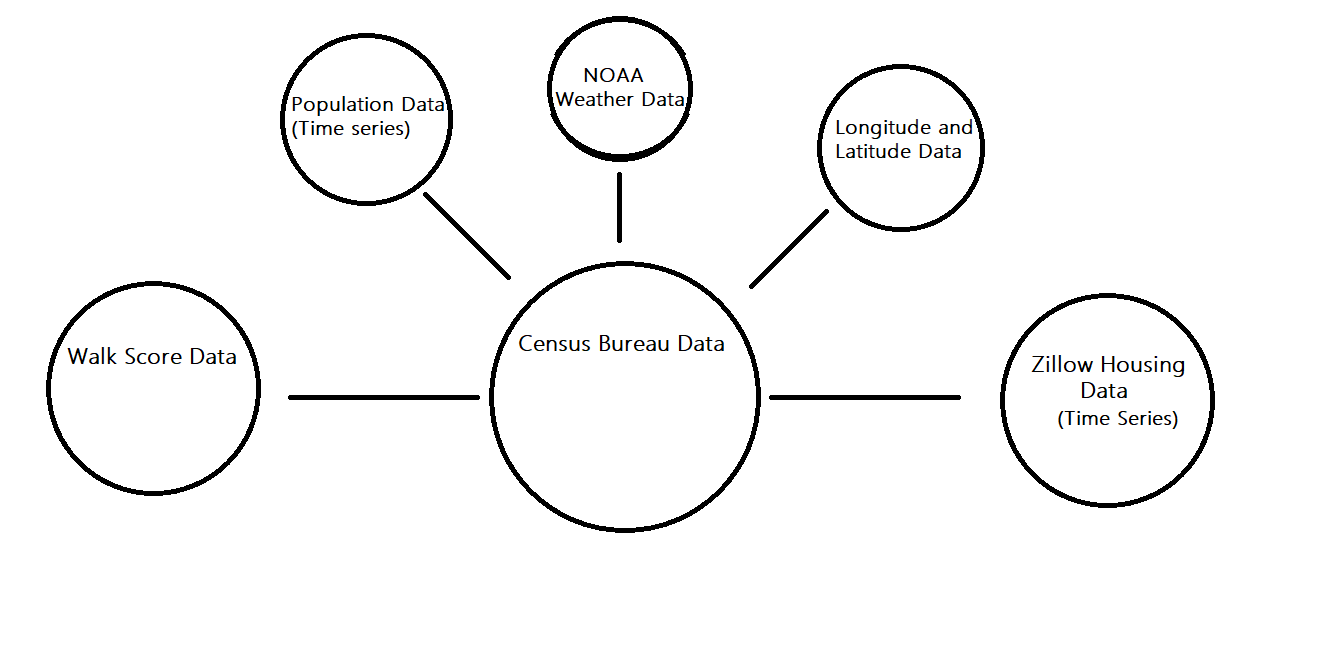You can find the project Here. The API Docs for the DS portion can be found here Here
High level overview presentation.
Deep dive into cleaning the data.
| Scott Maxwell | Matthew Sessions | Luke Townsend | jimmy 'Zeb' Smith |
|---|---|---|---|
| Steven Reiss | Stephanie Miller | Amy NLe | Robert Tom |
|---|---|---|---|
Citrics provides statistics on 28,925 different locations in the United States that are available for viewing. This was created with a team of web developers and data engineers. These statistics include information about housing prices, employment, industry, lifestyle and much more, sources are listed below.
- Python
- Flask
- Docker
- Jupyter Notebooks
- Mongo DB
- AWS Elastic Beanstalk/Amplify/S3/Route 53
- AWS PostgreSQL
The following models are using a K-Nearest Neighbors KD-Tree algorithm from the Scikit-Learn Python Library
Clicking on the links for each model will take you to the .py file for that model within this repo
Features & Metrics Used:
- Median Rent
- Occupants per room
- Housing by bedrooms
- Vacancy Rate
- Rent Pricing
- Historical Property Value
- Historical Property Value Growth by %
Features & Metrics Used:
- Industry Types
- Health insurance
- Salary
- Commute & travel time
- Retirement
- Unemployment
Features & Metrics used:
- Education
- Language
- Ethnicity
- Birth Rate
- Population
A recommendation questionnaire that supplies the user with a recommended city Features & Metrics used:
- Population
- Income
- Monthly Housing
- Temperature Preference
- Industry*
*Note that Industry is optional on the website, due to lack of adequate data for all cities within the database.
Features & Metrics used:
- Education
- Language
- Ethnicity
- Birth Rate
- Population
Features & Metrics used:
- Education
- Language
- Ethnicity
- Birth Rate
- Population
Note for Library Conflicts:
- AWS' Elastic Beanstalk has a hard time runing Numpy and Scipy. These libraries power Sklearn. Also, the joblib library had a hard time running models that were trained on different operating systems. Once we found models that worked, we exported the code to a python script and ran it on a Linux based machines running Python 3.6. We then used Docker/Dockerhub to contain and ship our flask app, and then connected it to AWS to test in Elastic Beanstalk. These steps allowed us to seamlessly deploy predictive models.
- Census Bureau
- Zillow Housing
- Longitude & Latitude
- Population Growth
- Weather Data
- Bureau of Labor and Statistics
Notes: How we pushed our data to MongoDB
You can find documentation for the API here
